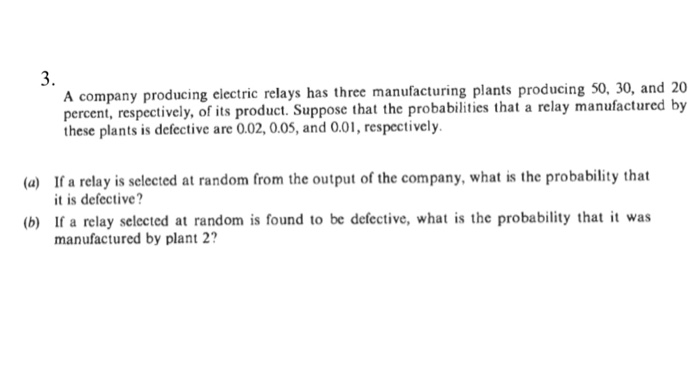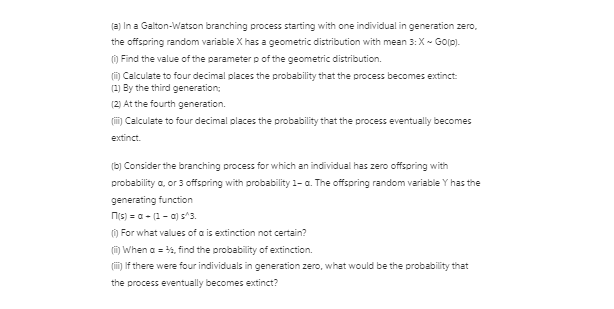Question
he national norm for a junior high chemistry achievement test is a score of 90, with ?x = 18. The research director of a school
he national norm for a junior high chemistry achievement test is a score of 90, with ?x = 18. The research director of a school district wants to know whether the students in her district are substantially higher or lower than this national norm. She selects a random sample of 81 students who took this exam and finds a mean of 93.
a) State the null and alternative hypotheses.
b) Using the z table, test the null hypothesis at the .05 level of significance and state your conclusions.
c) Using the z table, determine the probability of obtaining a random sample from the national norm sample (with a mean of 90) that would be as extreme or more extreme (either above or below the national mean) than the obtained sample mean of 93. (Hint: This is really a Chap 11 type of problem).
3. with 40 degrees of freedom, what is the probability in random sampling of obtaining a t ? -2.021?
b) with 20 degrees of freedom, what is the probability in random sampling of obtaining a t ? +1.325?
c) with 500 degrees of freedom, what is the probability in random sampling of obtaining a t ? +1.648 or t ? -1.648? 4. Imagine that we
31. Suppose 100 people all toss a hat into a box and then proceed to randomly pick out
a hat. What is the expected number of people to get their own hat back.
Hint: express the number of people who get their own hat as a sum of random variables
whose expected value is easy to compute.
32. Suppose I play a gambling game where I either win or lose k dollars. Suppose further
that the chance of winning is p = .5.
I employ the following strategy to try to guarantee that I win some money.
I bet $1; if I lose, I double my bet to $2, if I lose I double my bet again. I continue until
I win. Eventually I'm sure to win a bet and net $1 (run through the first few rounds and
you'll see why this is the net).
If this really worked casinos would be out of business. Our goal in this problem is to
understand the flaw in the strategy.
(a) Let X be the amount of money bet on the last game (the one I win). X takes values
1, 2, 4, 8, . . . . Determine the probability mass function for X. That is, find p(2k), where k
is in {0, 1, 2, . . . }.
(b) Compute E(X).
(c) Use your answer in part (b) to explain why the strategy is a bad one.




Step by Step Solution
There are 3 Steps involved in it
Step: 1

Get Instant Access to Expert-Tailored Solutions
See step-by-step solutions with expert insights and AI powered tools for academic success
Step: 2

Step: 3

Ace Your Homework with AI
Get the answers you need in no time with our AI-driven, step-by-step assistance
Get Started


